Introduction
As the world grapples with the escalating effects of climate change, technological innovation is playing a pivotal role in combating environmental degradation and mitigating future risks. From reducing greenhouse gas emissions to harnessing clean energy, tech solutions are rapidly transforming the way we address climate challenges. Green technologies, including carbon capture, climate-smart agriculture, and clean energy innovations, are offering new pathways to sustainability. This article explores some of the most exciting and impactful technological advancements that are actively working to combat climate change, and how they can reshape our future.
1. Carbon Capture Technology: Tackling CO2 Emissions at the Source
Carbon dioxide (CO2) emissions are a leading driver of global warming, and finding effective ways to capture and store this greenhouse gas has become a priority for climate scientists and engineers alike. Carbon capture technology (CCT) holds significant promise in reducing the amount of CO2 released into the atmosphere, especially from industries and power plants that are difficult to decarbonize.
1.1 What is Carbon Capture and Storage (CCS)?
CCS involves capturing CO2 from the emission sources, such as factories or power plants, and transporting it to underground storage sites, preventing it from entering the atmosphere. There are two main types of CCS: pre-combustion and post-combustion.
- Pre-combustion CCS: Captures CO2 before fossil fuels are burned.
- Post-combustion CCS: Captures CO2 after fossil fuels are burned.
1.2 Direct Air Capture (DAC)
In addition to CCS, Direct Air Capture (DAC) is an emerging technology that pulls CO2 directly out of the air. Companies like Climeworks and Carbon Engineering are pioneering DAC technologies, which use large machines to capture ambient CO2 and then either store it underground or use it in products like synthetic fuels.
- Climeworks: A leader in DAC technology, they use modular machines that capture CO2 and store it in geological formations.
- Carbon Engineering: Their technology also focuses on air capture, with plans to scale up their operations for large-scale CO2 removal.
1.3 Potential and Challenges of CCS
While CCS and DAC offer promising solutions, they still face challenges related to scalability, cost, and energy consumption. However, research and development in these areas are progressing, and innovations in energy-efficient methods of CO2 capture could make these technologies more viable in the near future.
2. Climate-Smart Agriculture: Innovating for Sustainable Food Production
Agriculture is both a significant contributor to climate change (through deforestation, methane emissions, and fertilizer use) and a sector vulnerable to its impacts. However, climate-smart agriculture (CSA) is emerging as a solution that integrates technology with sustainable practices to reduce agriculture’s carbon footprint while improving food security.
2.1 Precision Farming: Leveraging Data for Better Crop Management
Precision farming uses IoT devices, sensors, and data analytics to optimize agricultural practices. By collecting real-time data on soil health, moisture levels, temperature, and plant conditions, farmers can make better-informed decisions on irrigation, fertilization, and pest control.
- Drones and Remote Sensing: Drones equipped with sensors can monitor crops from above, detecting disease, nutrient deficiencies, and water stress, and helping farmers to take corrective action.
- IoT Soil Sensors: IoT-enabled sensors provide data on soil conditions, helping farmers minimize water usage and optimize irrigation schedules.
2.2 Vertical Farming: Growing Food in Urban Areas
Vertical farming involves growing crops in stacked layers or vertically inclined surfaces, often in controlled indoor environments. This method minimizes land use and water consumption while allowing for year-round production. It also reduces transportation emissions by producing food closer to urban centers.
- Aeroponics and Hydroponics: These soilless farming techniques are increasingly used in vertical farming to grow crops in nutrient-rich water, conserving land and water resources.
2.3 Regenerative Agriculture: Restoring Soil Health
Regenerative agriculture practices aim to restore soil health by reducing tillage, incorporating crop rotations, and using cover crops to improve soil fertility and sequester carbon. By focusing on improving soil biodiversity, these practices can also capture more carbon from the atmosphere and enhance food resilience.
2.4 Innovative Livestock Management
Livestock farming is a major source of methane, a potent greenhouse gas. Innovations like methane-reducing feed additives, such as Agolin and Bovaer, are being developed to reduce methane emissions from cattle. Additionally, smart sensors on livestock can monitor health and behavior, improving productivity while reducing the environmental impact.
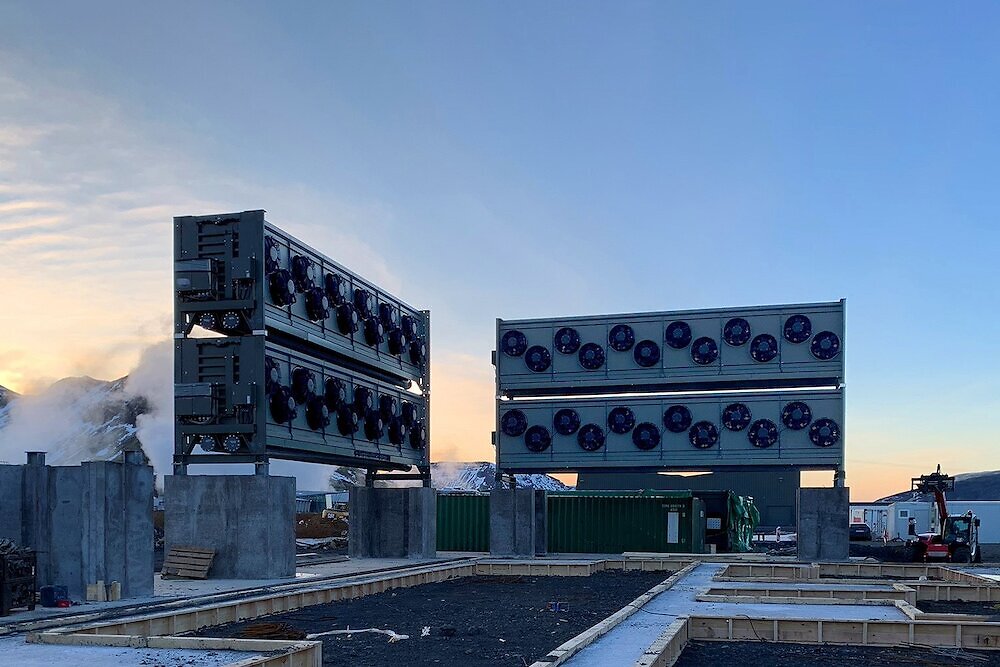
3. Clean Energy: Harnessing Nature’s Power for a Sustainable Future
The transition to clean, renewable energy is perhaps the most crucial step in addressing climate change. Solar, wind, and hydropower are at the forefront of efforts to reduce reliance on fossil fuels, while other innovations are making these energy sources more efficient and scalable.
3.1 Solar Power: Efficiency and Storage Innovations
Solar energy is one of the most abundant renewable resources, but improving the efficiency and storage of solar power remains a key challenge. Advancements in solar panels, such as perovskite solar cells, promise higher efficiency and lower production costs compared to traditional silicon-based panels.
- Perovskite Solar Cells: These new materials offer higher energy conversion rates and are easier to manufacture, potentially revolutionizing the solar industry.
3.2 Wind Power: Offshore Wind Farms and Advanced Turbines
Wind power has grown rapidly in recent years, especially offshore wind farms, which can capture stronger and more consistent winds over oceans. Newer, larger turbines are also being developed to improve energy capture and efficiency.
- Floating Wind Turbines: These floating structures can be placed in deep waters, far from shore, where wind conditions are more optimal.
- Bladeless Wind Turbines: Innovations like Vortex Bladeless turbines eliminate the need for traditional blades, reducing maintenance costs and creating a quieter, more efficient design.
3.3 Green Hydrogen: A Clean Fuel for the Future
Hydrogen has long been touted as a clean alternative to fossil fuels, but it must be produced using renewable energy to be truly “green.” Green hydrogen is created by using renewable energy to electrolyze water, splitting it into hydrogen and oxygen. This hydrogen can then be used as a clean fuel in industries like transportation, steel production, and heavy manufacturing.
- Hyundai and Toyota: These automakers are exploring hydrogen fuel cell vehicles as an alternative to electric vehicles, which can provide longer ranges and faster refueling times.
3.4 Energy Storage Solutions: Unlocking the Potential of Renewables
One of the biggest challenges with renewable energy is its intermittent nature. However, energy storage technologies such as lithium-ion batteries, pumped hydro storage, and advanced flow batteries are helping store excess energy during times of low demand for later use.
- Tesla Powerwall: A home energy storage system that stores excess solar energy for later use, increasing the reliability of solar power.
- Flow Batteries: A promising storage solution that could offer longer duration energy storage for grid-scale applications.
4. Sustainable Transportation: Electrifying the Future of Mobility
Transportation is a major contributor to global greenhouse gas emissions. Electrifying transportation and creating sustainable mobility systems are vital to reducing emissions in this sector. Several technologies are advancing the development of clean, efficient, and low-emission transportation options.
4.1 Electric Vehicles (EVs): The Shift to Zero-Emission Cars
Electric vehicles are quickly becoming the preferred alternative to traditional gasoline-powered cars. Advances in battery technology, charging infrastructure, and vehicle efficiency are making EVs more affordable and practical for consumers.
- Tesla, Rivian, and Lucid Motors: Leading manufacturers in the electric vehicle space, driving innovation in battery technology, vehicle range, and performance.
- Battery Recycling: As the adoption of EVs grows, the need for sustainable battery disposal and recycling solutions is also increasing. Companies like Li-Cycle are developing processes to recycle lithium-ion batteries and reuse valuable materials.
4.2 Sustainable Aviation: Biofuels and Electric Aircraft
Aviation is another significant emitter of CO2. However, sustainable aviation fuels (SAFs) made from biofuels or waste materials are being developed to replace traditional jet fuel. Additionally, electric and hybrid aircraft are being explored to reduce emissions from air travel.
- ZeroAvia: A startup developing hydrogen-powered aircraft for regional flights, which could dramatically reduce the carbon footprint of aviation.
4.3 Smart Public Transit: Embracing Autonomous and Electric Buses
Cities are increasingly adopting electric and autonomous buses to reduce emissions and improve urban mobility. These buses are equipped with AI and IoT technology to optimize routes, reduce energy consumption, and improve efficiency.
- Autonomous Electric Buses: Companies like Proterra and EasyMile are developing electric and self-driving buses that provide an eco-friendly and cost-efficient solution for public transportation.
5. The Role of Artificial Intelligence in Climate Change Mitigation
AI is rapidly becoming a crucial tool in the fight against climate change, helping to optimize energy use, forecast environmental trends, and support decision-making for sustainable development.
5.1 AI for Climate Modeling and Prediction
AI-powered models can simulate climate scenarios and predict the effects of various interventions, helping policymakers and scientists make informed decisions on how to address climate challenges.
- DeepMind’s Climate Modeling: Google’s DeepMind is using AI to predict climate patterns, helping researchers better understand how global warming might affect weather systems and ecosystems.
5.2 AI for Energy Efficiency
AI can also be used to optimize energy use in
industries and buildings. Smart grids and AI-powered energy management systems can analyze consumption patterns and adjust energy distribution for maximum efficiency, reducing waste and costs.
- Google’s AI-powered Energy Optimization: Google has implemented AI to manage the energy use of its data centers, achieving a 15% reduction in energy consumption.
Conclusion
The fight against climate change is one of the most pressing challenges of our time, but the advancements in green technologies and innovations in energy, agriculture, transportation, and AI provide a hopeful outlook for the future. By embracing these technologies, we can reduce emissions, improve sustainability, and create a more resilient world. The road ahead is undoubtedly challenging, but the technological solutions being developed today are providing the tools needed to build a more sustainable tomorrow.




















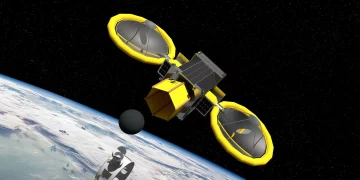


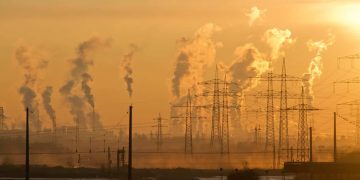

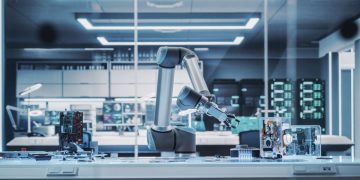




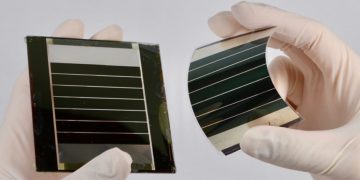



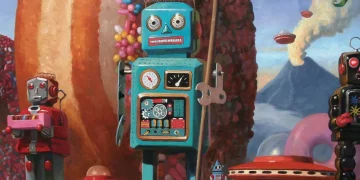


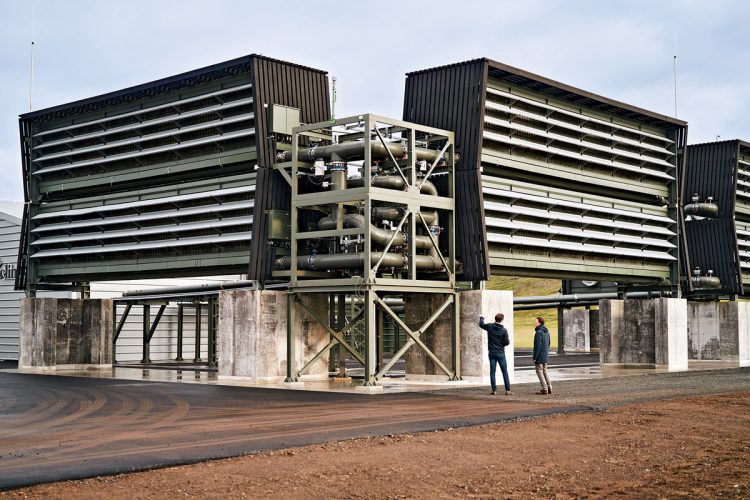












Discussion about this post